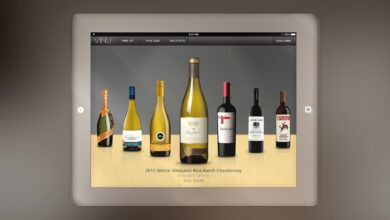
Inclusion vs. Diversity: What Are the Differences?
Did you know that more diversity in the workplace leads to improved, creative problem-solving?
Diversity is key to building better, more egalitarian societies. Exposing people to different cultures and socioeconomic backgrounds breeds understanding and cohesion. But unfortunately, we need one more ingredient: inclusion.
Inclusion vs. diversity. You’ve heard the two terms thrown around so much that they seem to have the same meaning. But these terms are distinct, and it’s important to know the difference.
In this diversity guide (and inclusion guide), let’s discuss the meaning of the two.
Table of Contents
What Is Diversity?
This is the easiest one to define. Diversity means there is a varied number of individuals in a space. Diversity encompasses race, gender, sexuality, culture, and ethnicity.
Diversity doesn’t just mean that you have an equal number of white and black people in the workplace. It means that all of these individuals have different socioeconomic backgrounds. They have different religious and political views.
What Is Inclusion?
Just because you have diversity doesn’t mean you have inclusion. While you might have a diverse group of people, some of those people may not feel included.
In order to have inclusion, every member of the group should feel that others want their participation. They should feel that others respect them and value their opinion.
Inclusion vs. Diversity: Inclusion Tips for a Diverse Workplace
Getting a diverse workplace is half the battle. In a country like the United States, there is already plenty of diversity. The melting pot of immigrant cultures means people of all races already live and work together.
However, it takes a bit of work to make sure that a diverse environment is also inclusive. Let’s cover some of the ways your workplace can bridge the gap of inclusion vs. diversity.
Use Equal Employment Opportunity
You’ve seen the post on job sites: this is an equal opportunity employer. What that means is that your business tries to give an even playing field to job candidates of all backgrounds.
An EEO employer doesn’t let unconscious bias lead to HR only hiring people like them. It uses tactics such as removing pictures and names from applications to cut out that unconscious bias.
This includes doing whatever is possible to hire based on qualifications and potential. Hiring based on upbringing or culture is not good EEO practice.
Have Diversity Training
Diversity training educates your employees on this important distinction between inclusion and diversity. They may have good intentions but remain unaware of their effect on others. Educating them on proper behavior can make all the difference.
If you’re not sure where to turn, get diversity training here.
Be a Diverse and Inclusive Employer
Now that it’s clear what inclusion vs. diversity means, put it into practice. Chances are that you succeed in diversity, but are lacking in inclusion. Do everything in your power to make the workplace an inclusive one for people of all backgrounds. Chances are that you succeed in diversity, but are lacking in inclusion. Do everything in your power to make the workplace an inclusive one for people of all backgrounds.
Follow our blog for more tips on how to build your business.








